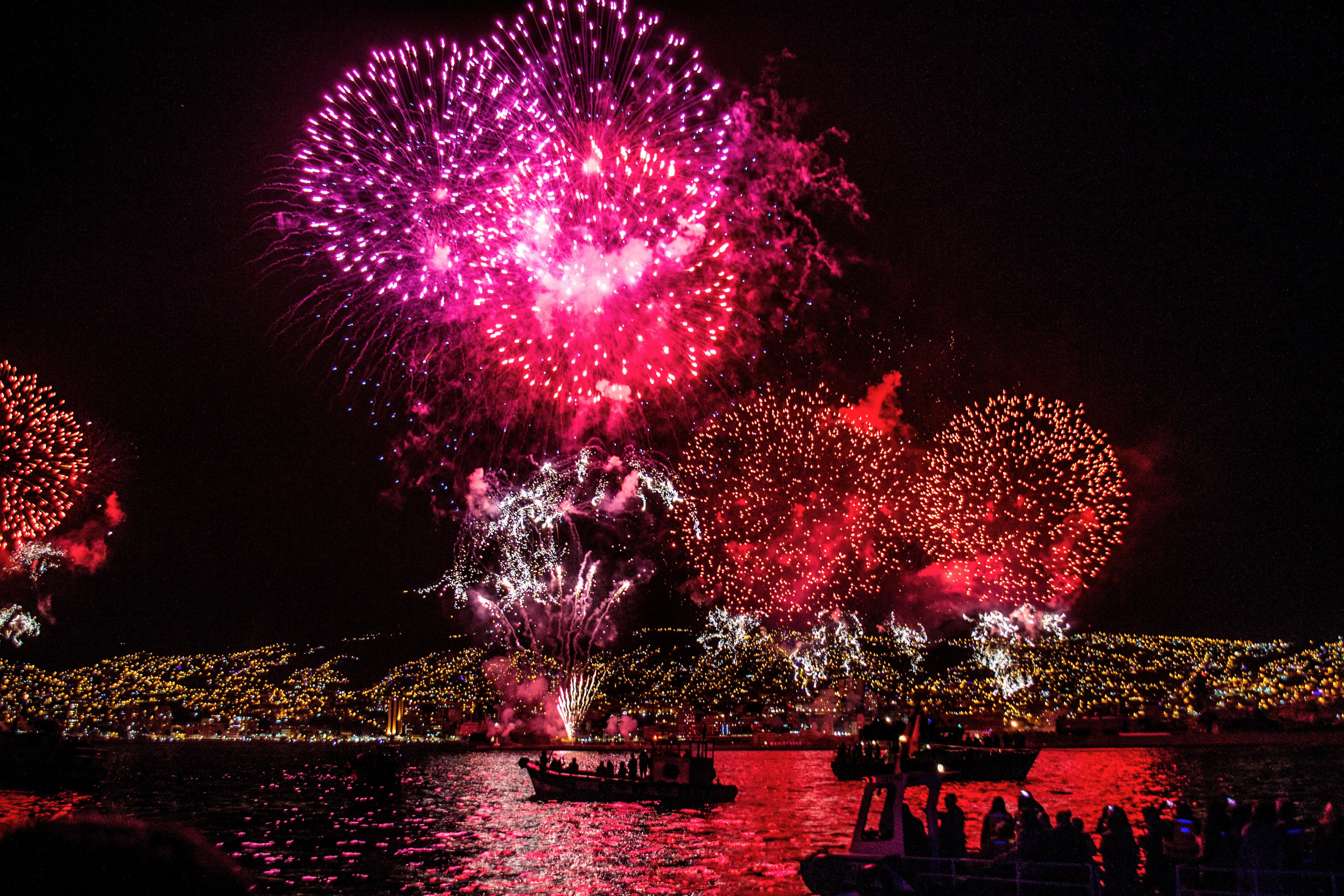What To Expect During Your Mexican Holiday
When it comes to tropical destinations close to home, Cabo San Lucas is high on the list for many people. The warm weather, beautiful beaches, and exotic resorts are everything you could want from a Mexican holiday and a memorable vacation destination. That’s why so many people return here year after year.
However, Cabo has so much more than gorgeous beaches and swimming, including many activities and events that immerse you in the local culture. So if you’re in Cabo during a holiday, you’ll find yourself with a new appreciation of Mexican culture. Here are some of the biggest holidays to enjoy.
Semana Santa
Semana Santa, or Holy Week, is the week before Easter. It’s widely celebrated, even by those who are not religious. While the original holiday does connect closely to the church, many people use this week off school and work to travel within Mexico. You may meet local tourists hanging out in Cabo during this time.
Easter in Mexico focuses heavily on religious origins, with daily processions that chronicle the suffering of Christ and his death and resurrection. However, you’ll enjoy this special time, whether religious or not. The streets are crowded but fascinating, and the processions are worth seeing.
Remember that this is also prime time for pickpockets since they have many crowds to hide in. Therefore, store your valuables in the hotel safe and only take what you need when you go out.
Cinco de Mayo
Despite its popularity in the United States, Cinco de Mayo isn’t a federal holiday in Mexico. It’s often confused with Independence Day, but it’s a celebration of the Battle of Puebla on May 5, 1862, when the Mexicans beat French forces. Cinco de Mayo is a big holiday in Puebla and Veracruz, although it is also celebrated in some travel hot spots like Cabo.
Independence Day
On September 16, Mexico celebrates its Independence Day. Like in other countries, there are exciting parades, parties, and fireworks to enjoy. You’ll see many Mexican flags and patriotic displays throughout the country, including in Cabo.
While the celebration is on September 16, Miguel Hidalgo, a Catholic priest in Dolores, is celebrated on September 15. This day, called the Cry of Dolores or El Grito, is a historic moment re-enacted each year. In 1810, Hidalgo arranged for pro-revolution prisoners to be freed and gave a passionate speech at midnight, ringing the church bells just before his speech. These actions are copied annually on September 15, with the president repeating the independence speech.
On these two days, you’ll hear shouts of “Viva Mexico!” everywhere, with September 15 almost as jubilant as the following day.
Day of the Dead
Most people know of the Day of the Dead or Día de los Muertos, but you may not know it’s a celebration day. Instead of being sad, people remember their loved ones, visit their graves, and keep their memory alive by talking about them. It’s thought that the dead return on November 1 or 2 to visit their families.
People set up altars in their homes to welcome their deceased loved ones with photos, flowers, candles, and food and drink. This is a beautiful tradition carried out throughout Mexico.
November 2 is the primary Day of the Dead, when adults and older people who have died are thought to visit. However, November 1 is considered the day when infants and children who have passed will come by. You’ll see many people hanging up colorful banners to welcome their loved ones. Most people will spend time in the cemetery, tidying graves and laying out flowers, food, and drink in tribute.
Noche Buena
Christmas Eve, or Noche Buena, is a holiday celebration in Mexico. Families gather on December 24 to eat and enjoy their local traditions. This could involve making and eating tamales, having a churrasco, or hanging out with friends and family.
Unlike northern Christmas, Christmas in Mexico is loud and boisterous. Firecrackers and fireworks go off at midnight to mark the celebration, and the parties can be quite rousing. You’ll hear music everywhere.
At midnight, children are given small gifts from Baby Jesus. Celebrations often last until the wee hours of the morning, with Christmas Day on December 25 spent recovering from the night before. Most people eat leftovers and relax for the day.
Visiting Cabo San Lucas During a Holiday
Since Cabo is a tourist destination, nearly everything will be open during the holidays mentioned above. Therefore, you can gain the most from the local culture by showing up and being open to learning about these celebrations.
If you’re coming to Cabo during the holiday season, why not plan to participate as much as possible? It’s a wonderful way to connect with the people who live in this beautiful country, and you can learn a lot. With some help from Pure Cabo, you can experience your Mexican holiday to the fullest and see what Cabo and its surroundings are all about.



